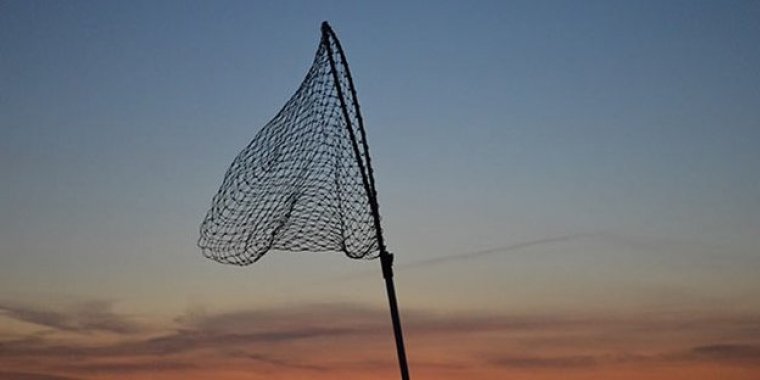| News / Science News |
'Like a fishing net,' nanonet collapses to trap drug molecules
A Northwestern University team has discovered a new, rapid method for fabricating nanoparticles from a simple, self-assembling polymer. This result from research presents new possibilities for diverse applications, including water purification, diagnostics and rapidly generated vaccine formulations, which usually require many different types of molecules to be captured or delivered at the same time.

Researchers are casting a net for nanoparticles for making and testing vaccines and drugs. Photo: Northwestern University
Using a polymer net that collapses into nanoscale hydrogels (or nanogels), the method efficiently captures more than 95% of proteins, DNA or small molecule drugs -- alone or in combination. By comparison, the efficiency is between 5% and 20% for other nanoparticle delivery systems.
"We use a polymer that forms a wide net throughout an aqueous solution," said Northwestern's Evan Scott, who led the study. "Then we induce the net to collapse. It collects anything within the solution, trapping therapeutics inside of nanogel delivery vehicles with very high efficiency."
Added Fanfan Du of Northwestern, "It works like a fishing net, which first spreads out then shrinks to trap 'fish.'"
Molecules found in nature, such as DNA and peptides, can rapidly self-assemble and organize into diverse structures.
Mimicking this process using human-made polymer systems, however, has remained limited. Previously developed processes for self-assembling drug delivery systems are time-consuming and labor-intensive.
The processes also tend to be inefficient, with a small fraction of the drug making it inside the delivery system.
"Clinical applications for self-assembled nanoparticles have been limited by difficulties with scalability and with loading large or multiple therapeutics, especially proteins," Scott said. "We present a highly scalable mechanism that can stably load nearly any therapeutic molecule with high efficiency." (National Science Foundation)
YOU MAY ALSO LIKE





